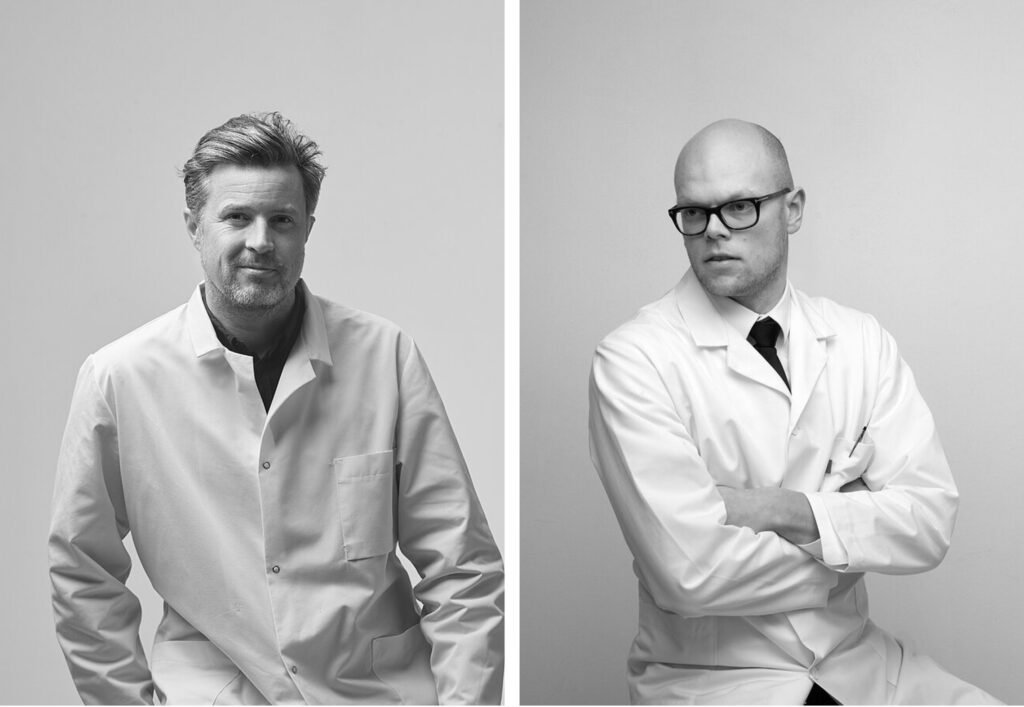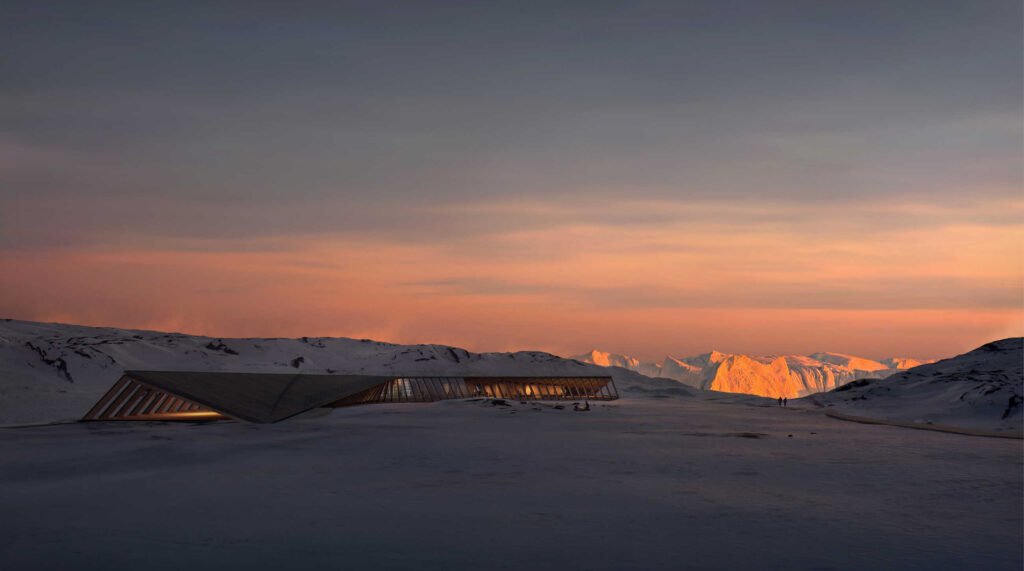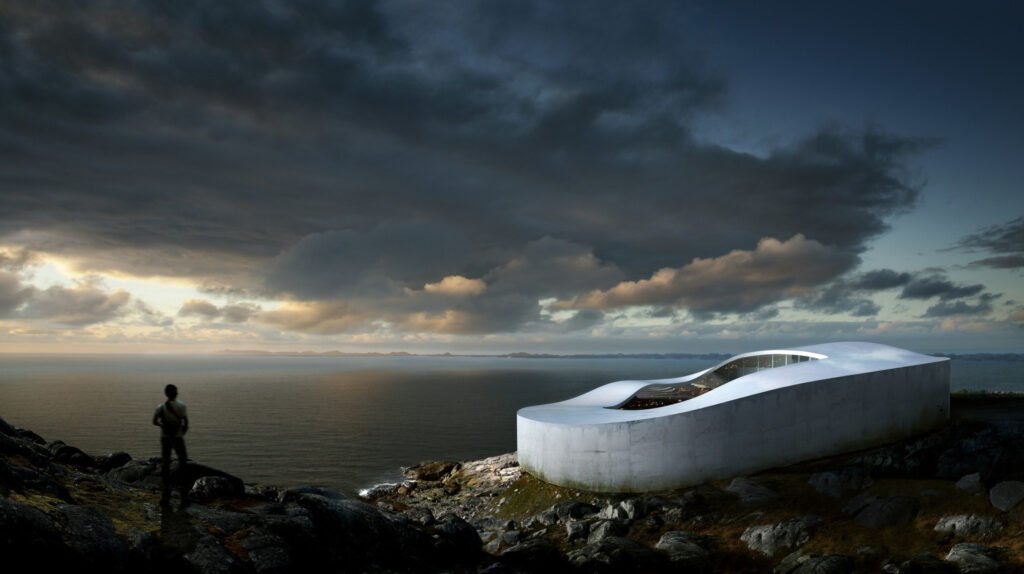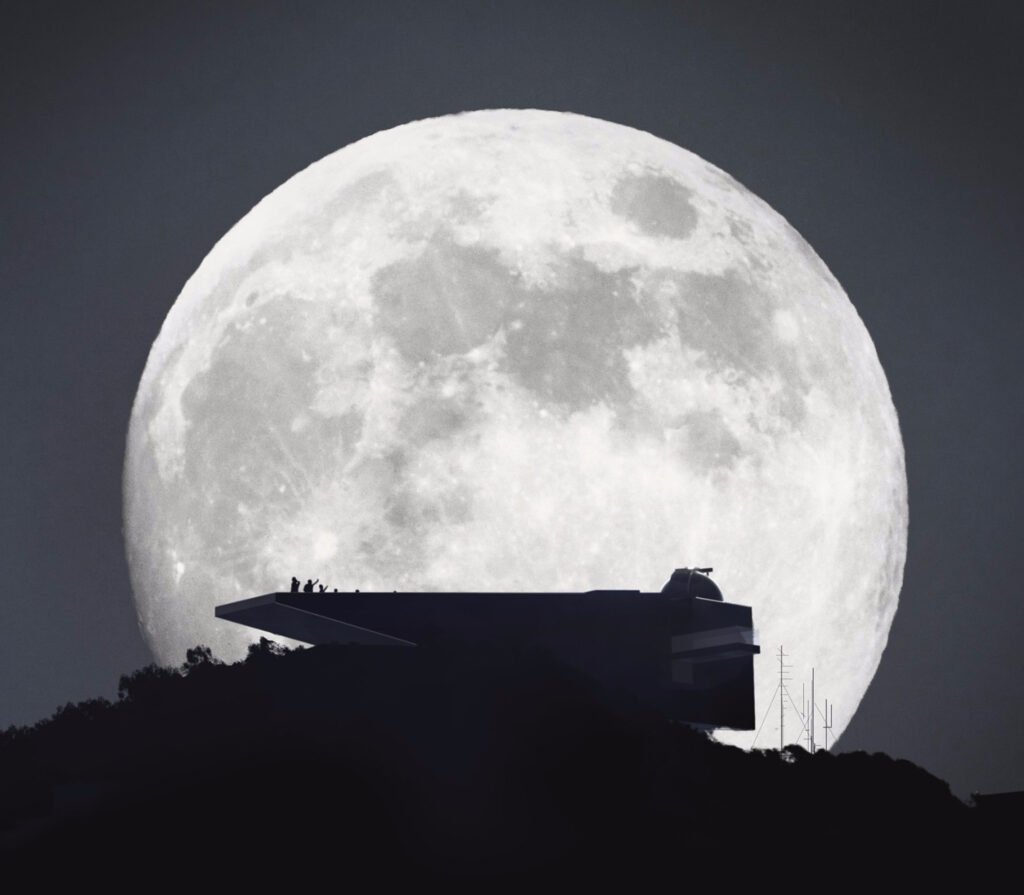Interview Patrick Kasingsing
Images MIR


Hello MIR! Do introduce yourselves.
Hi! We are Trond and Mats, founders of MIR, a studio that provides imagery of unbuilt architecture. We have been doing so since the year 2000. We’d like to think of ourselves as active contributors to the projects we choose to be involved in. This means we do not only produce off-the-shelf renderings but attempt to challenge, interact, and educate our clients’ views of the field.
You have a ‘natural’ and painterly approach in your presentation of architecture; every render is brimming with stories to tell, often in the context of gray skies and tranquil scenery rendered with a desaturated color palette. What inspired the trademark ‘MIR’ look?
We are equal parts praised and called out for the grey, fog-enshrouded visualizations we do of buildings. However, it is an inaccurate view of our work, as you can find on our website. What most likely made our viewers associate our work with such a look is that such a moody, mysterious approach to architectural rendering was previously unheard of. I mean, how can one possibly inspire people with misty grey scenes? Don’t we need blue skies, green trees, and lots and lots of happy faces in our renderings?
We always treat each project with respect to its surroundings. That has a lot to do with the colors, weather, and context. The result is a great variance of image concepts aside from the same tired, ordinary recipe that sadly many architects ascribe to. Another reason for the distinctive look that our renderings possess is that we utilize a non-3D technique referred to as matte painting. Like a collage, we put together a multitude of images and 3D layers many times over that we eventually achieve a softer and naturalistic (not photorealistic), painterly look. Not many people within the field can do this.


Chartres roadside canopy, Kengo Kuma and Associates 

Danjiang Bridge, Zaha Hadid Architects
The issue of accuracy as depicted in architectural visualizations has always been a hot topic, with some built structures failing to equal its beauty as depicted in renderings. What is your take on this?
Yes, it’s an interesting debate. But it’s also stupid. People have to realize that renderings do not portray reality. It’s a two-dimensional composition that is ultimately a visual representation of an object in a very unique moment in time. We are used to being exposed to images like this in the marketing of other products, be it for cars, makeup, fashion, or product design in general. How often does your dull Jeep look like it does in the commercials crossing epic rivers in the Rocky Mountains?
When a building is physically changed to a different design than what is promised in the renderings, now that’s a different story that the builders have to answer for. Our job is to pinpoint and hold up what we think are the strongest aspects of the architectural projects we take on.

“People have to realize that renderings do not portray reality.”
The digital age has brought upon the popularity of CGI and 3D animation in various fields and in this burgeoning and competitive industry, what piece of advice would you give aspiring architectural visualizers, who want to pursue a similar career path such as yours?
You need to learn to master other things than just 3D software. Use your mind and solve things in Photoshop—try out matte painting and train your eye instead of just letting the 3D software do all the work. It will look plastic. Learn to draw and paint with a pencil and brush. Study the visual world around you. Play with cameras. Do not be afraid to experiment and do things differently.
You work in the inspiring locale of Bergen, Norway, whose landscapes aren’t far off from the beautiful settings in your renderings. How important is context and mood in the creation of the architectural image?
This is extremely important, absolutely one of the key ingredients of the architectural visualization “dish”. Living where we live gives us great visual input when it comes to weather, colors, and lighting situations. On a normal day, we have fog, sun, snow, rain, and epic sunsets. There are wet swamps, rocky hills, lakes, waterfalls, snowy peaks, and dark forests—all 15 minutes away from the office. Context and mood are everything. We often say that the images we make are more about the place than the building.




What is MIR’s dream project? Have you landed it yet?
At first, we dreamed about working with the big studios. After a while, we discovered that it was not as rewarding as we envisioned. In the big studios, there are overarching hierarchies, and lots of opinions to juggle, mostly from people whom we are not very often able to talk to directly. This usually leads to a bad environment for creative work, and the process becomes rigid and tedious. No one is willing to take risks, so we then end up with “elevation music.”
We’ve also done projects where the clients are more open-minded and are interested in letting us add our own flavor or take on the project. It can be a humble cabin or a great castle—it doesn’t matter. We are currently involved in making a series of renderings of unbuilt architectural masterpieces of the last century. It will culminate into something big. It’s all very inspiring and we can take more control
Speaking of inspiration. how does the team stay inspired?
Good question. We try to go on trips, have social lives outside of work. We don’t force our employees to work long hours and over weekends. We think everyone needs stimuli from hobbies and social lives apart from work. We also attend seminars, have nice lunches and loud conversations in the office, and on off days, we go on spa excursions. •


More spatial portraits over at mir.no
Originally published in Kanto No. 4, 2017. Edits were made to update the article.


